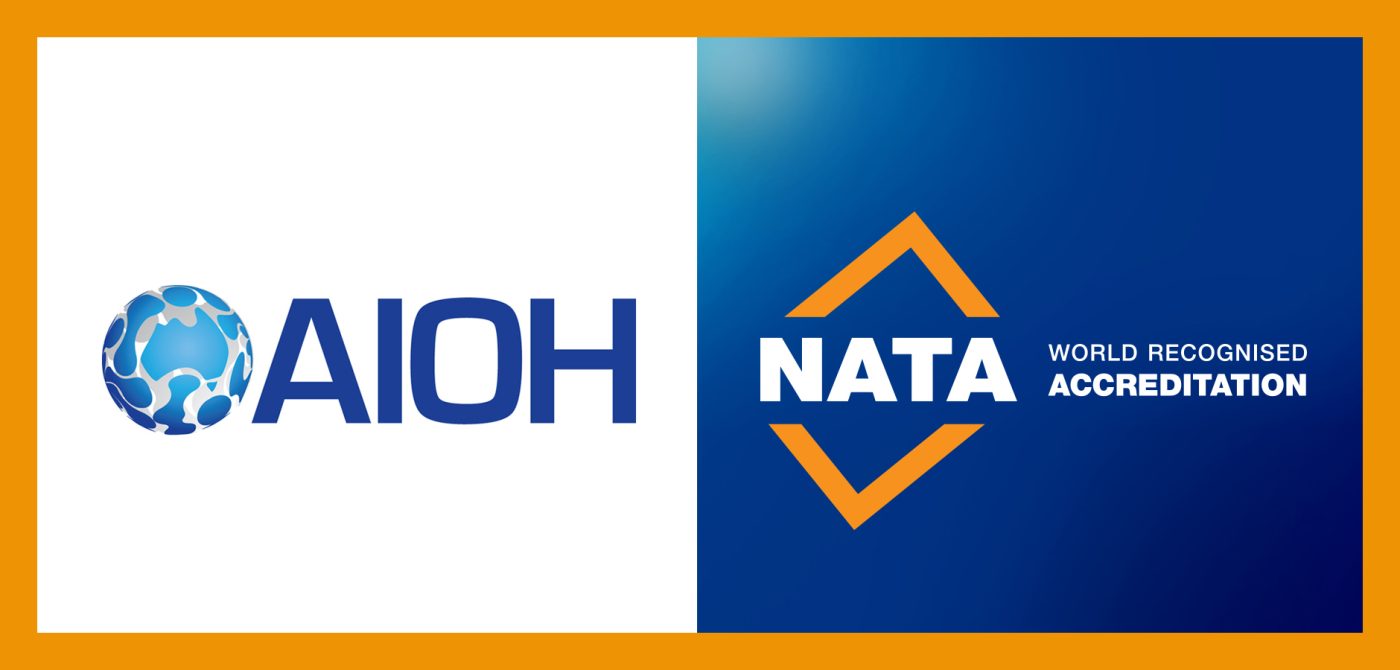The National Association of Testing Authorities together with Australian Institute of Occupational Hygienists are partnering to highlight the importance of measurement integrity for Respirable Crystalline Silica to support improved confidence in decisions affecting workplace safety.
16th November, 2021, Sydney – National Association of Testing Authorities (NATA) today confirmed it’s partnering with the Australian Institute of Occupational Hygienists (AIOH) on awareness around the measurement and identified challenges with exposure to Respirable Crystalline Silica (RCS) in the workplace.
Both NATA and AIOH are focused on ensuring RCS exposure measurements are conducted with integrity and that the results provide meaningful conclusions for appropriate interpretation to protect workers against the potentially damaging lung diseases caused by RCS.
The national authority for laboratory accreditation in Australia, NATA, has an extensive network of subject matter experts that have worked on a paper which helps to drive awareness of these issues, particularly around lowering the legislated limit of exposure for shifts, when applying the Brief and Scala model of exposure standard adjustment.
Currently legislated Workplace Exposure Standards (WES) are fundamental to this, and the exposure standard is expressed as a Time Weighted Average (TWA) breathing zone concentration and the current value is specified as TWA-WES of 0.05mg/m3.
The accuracy and reliability of RCS exposure assessment is dependent on both the sampling and analytical components. Listed below are some of the factors contributing to errors and uncertainties of the sampling component of RCS exposure assessment, which include:
- spatial and temporal variability and non-homogeneity of dust clouds
- representativeness of the sampling of ’normal’ exposure patterns
- conformance of the sampling device to the respirable dust size-selective collection efficiency curve (see AIOH 2020)
- variations in sampling flow rate and uncertainties in flow rate measurements; and
- transportation and handling of the samples.
As the peak organisation representing professionals working in occupational hygiene, members will be keen to learn more about the updates to WES and how RCS is being approached. As such, the paper has been sent to all Heads of Work Safe Authorities (HWSA) in Australia and represents the first time the bodies have collaborated on a joint approach for national health standards.
Neil Shepherd, Sector Manager, Life Sciences for NATA said: “This initiative aims to combat the risks associated with RCS and for the first time incorporate a realistic view of the schedules of those in the industry and measure as effectively and appropriately as we can. It will be up to the policymakers as to how these challenges are taken on from here. We see this collaboration as vital in helping to ensure a sound basis for decisions affecting workplace safety and we hope it won’t be the last time we join forces to deal with issues affecting worker’s health.”
President Ross Di Corleto for AIOH said: “Workers’ health has been our priority for over four decades and the announcement today is another step towards preventing silicosis and related respiratory diseases. We will be collaborating to facilitate efforts towards outcomes that are both effective and aligned with public interest.”

